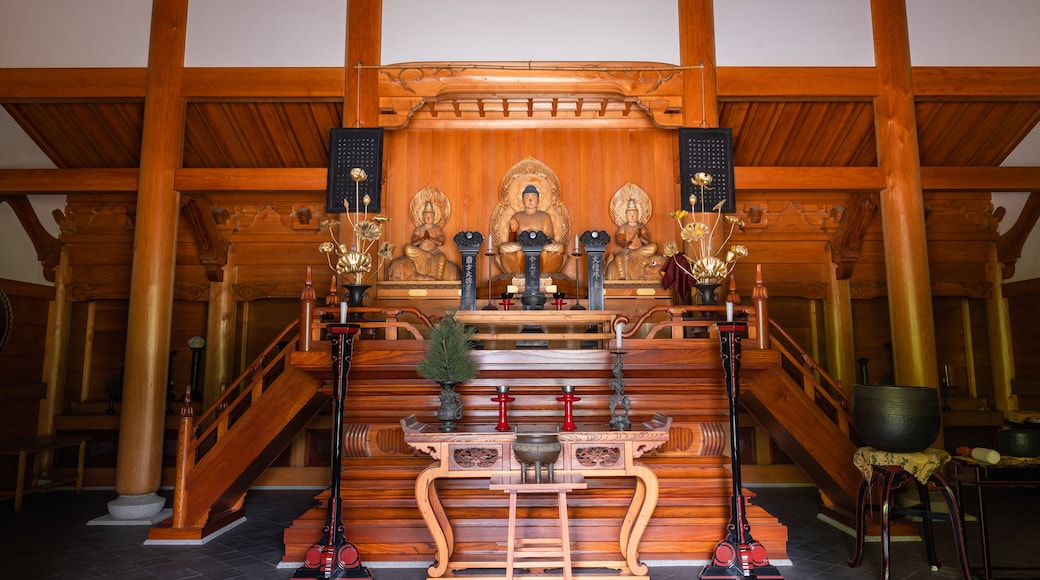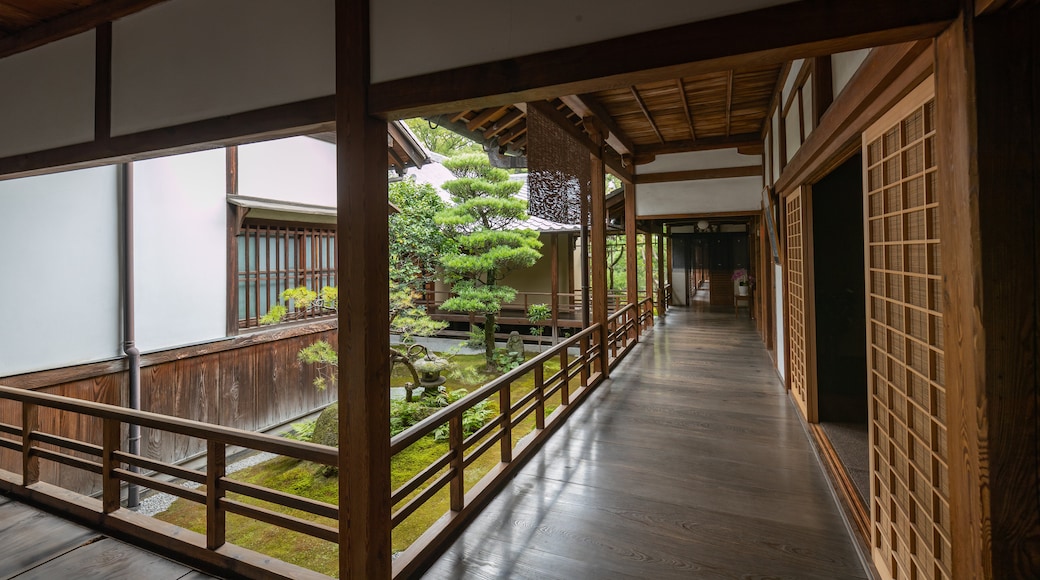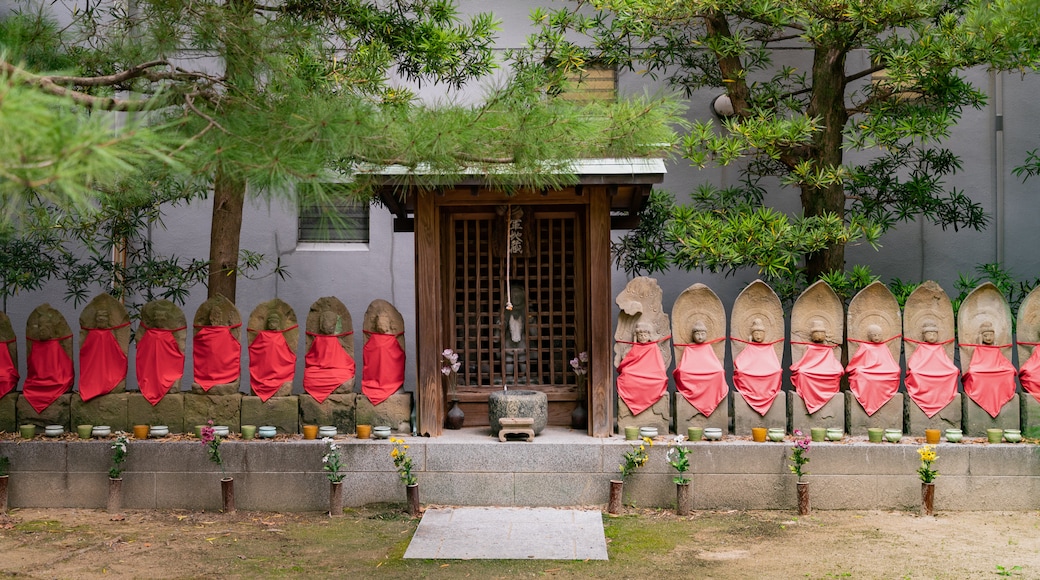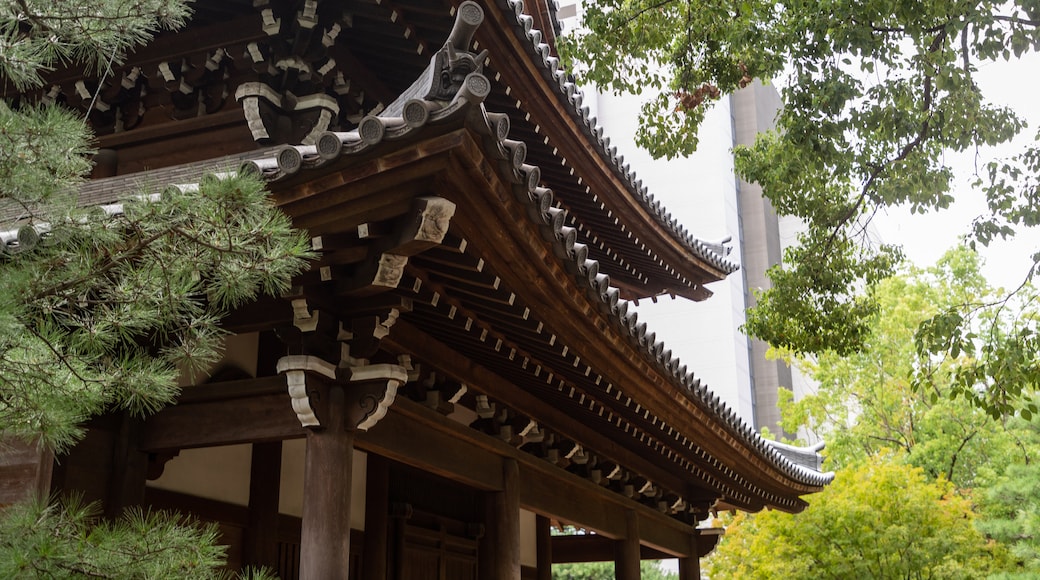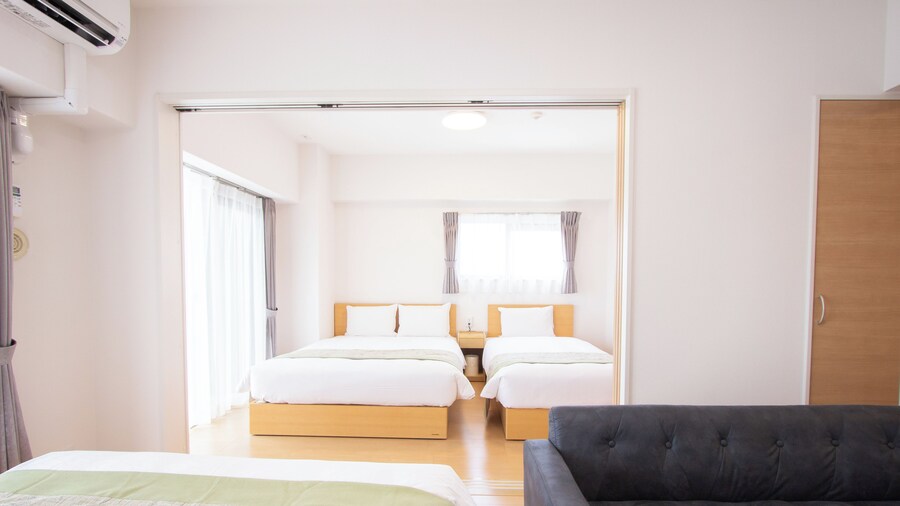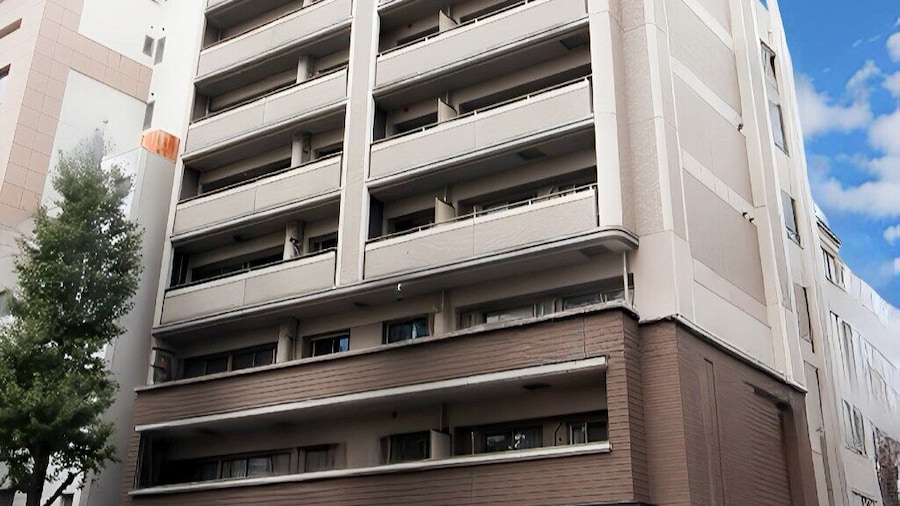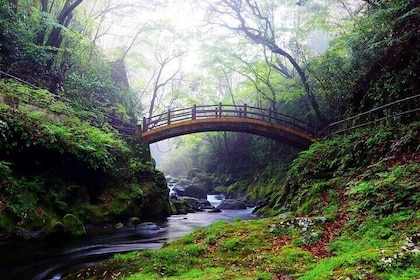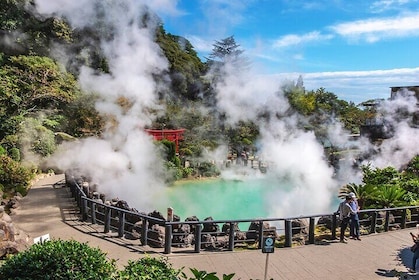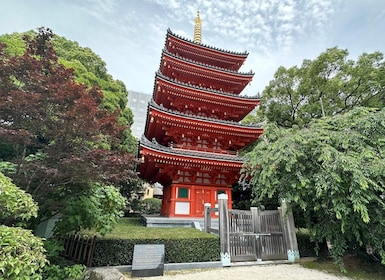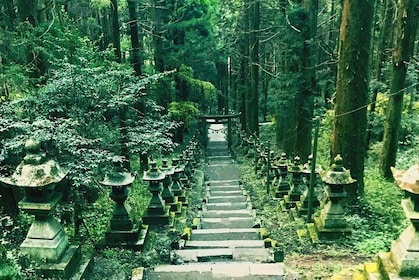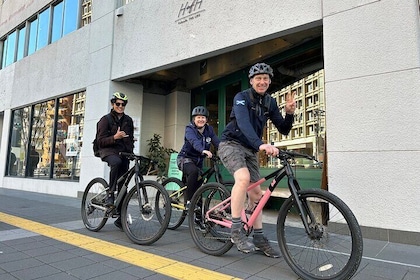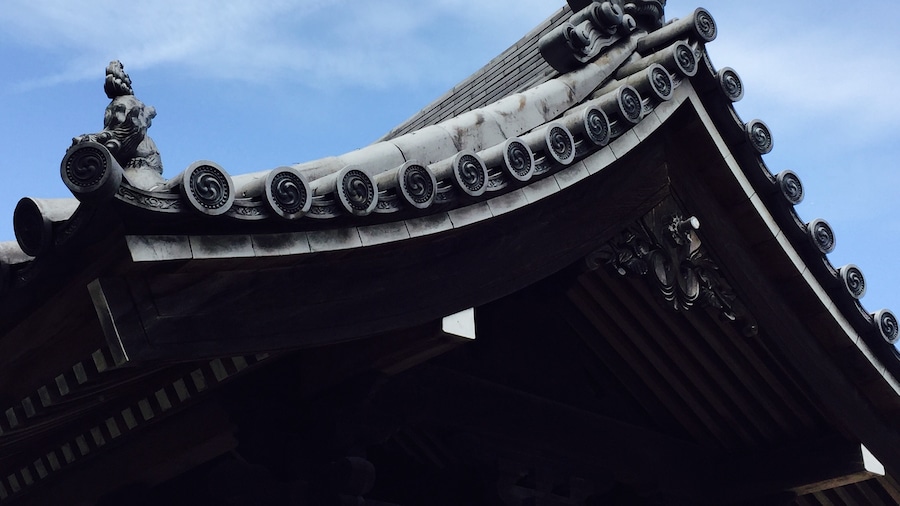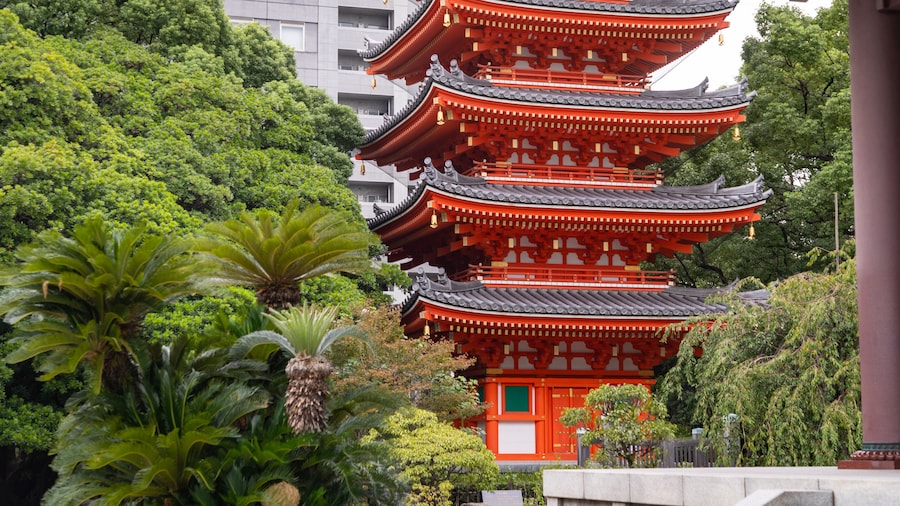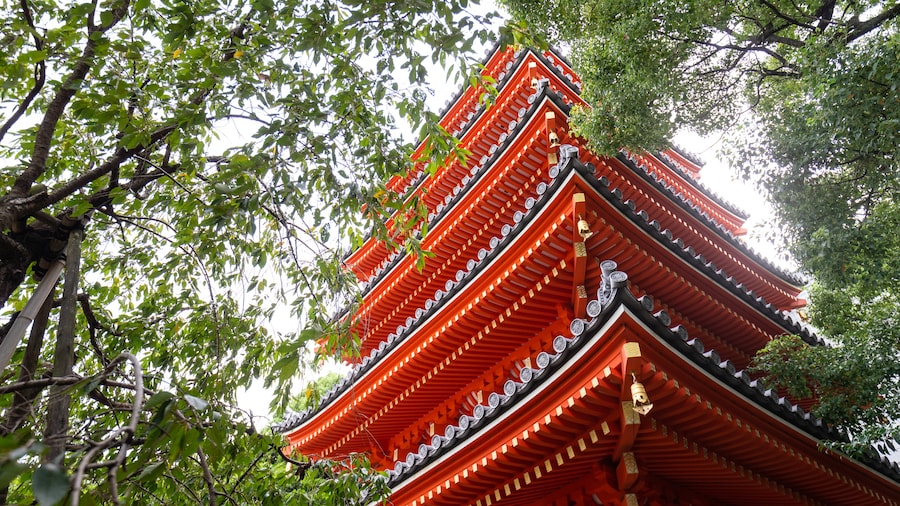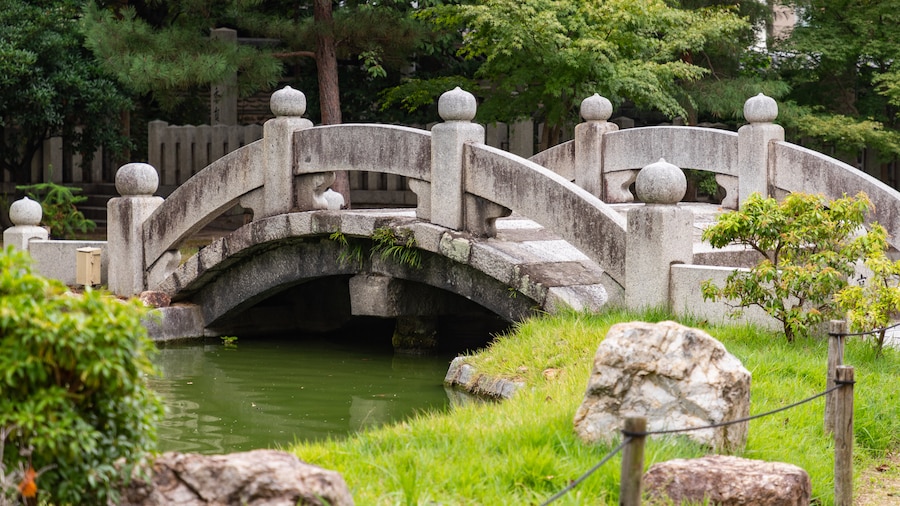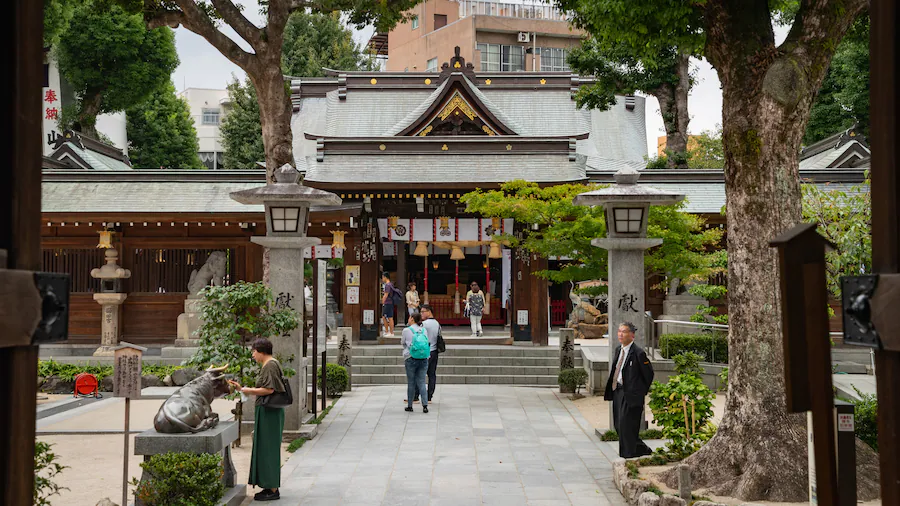Founded in 1241 by a monk who studied in China, Jotenji Temple is a celebration of traditional Japanese culture and served as a bridge between the two countries. If you visit during the summer months, you may experience the festival that honors several Chinese techniques that were further adapted in Japan, including udon, soba, manju and hakata-ori. The temple is known for its stone monuments celebrating these traditional foods, as well as its Sentoutei rock garden.
Approach Jotenji Temple through the wooden Hakata Sennenmon (Thousand Year) Gate, built in 2014 as a replica of the town’s original gate. Contrasting against the town’s apartments and office buildings, this entrance to the road that leads to the temple acts as a symbol of hope for Hakata’s prosperity.
Visit the stone monuments for which Jotenji is famous. The two most popular are the Udon and Soba monument and the Hakata Gion Yamakasa monument. The founding priest, Enni-Ben’en, studied Zen Buddhism in China and brought back a variety of Chinese cultures, including how to produce udon, soba, adzuki-bean jelly and manju (dumplings).
The second stone monument, commemorating Hakata Gion Yamakasa, pays homage to the famous Fukuoka festival held around the Kushida Shrine. It is believed that the temple’s founder was carried throughout town on a float at the first festival, praying against the plague. It is still believed that a sacred way can be found in front of the temple when festival floats pass by it.
Be sure to notice the Zen rock garden. The garden is not traditionally open to the public, but it can be viewed from the garden opposite it or from the avenue outside. The meticulously raked sand represents both Japan and China, another nod to the temple’s role as a bridge between the two cultures. The garden is illuminated and open annually in November.
Reach Jotenji Temple by taking the subway to the Gion station, then walking for 5 minutes. Alternatively, take the bus and get off at the Hakata Kotsu Center stop and walk for 10 minutes. Admission is free.

